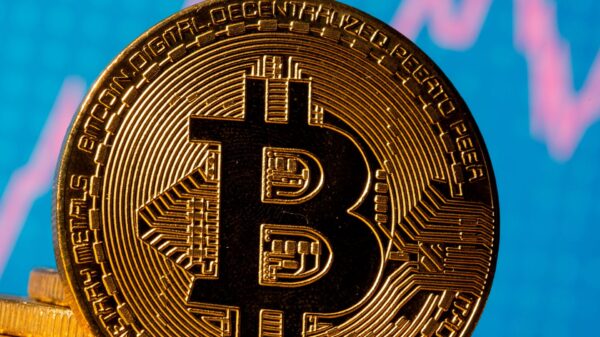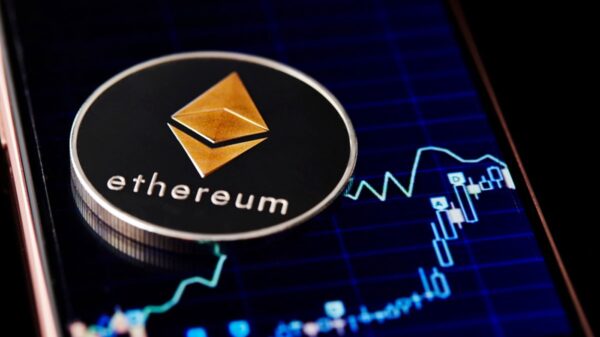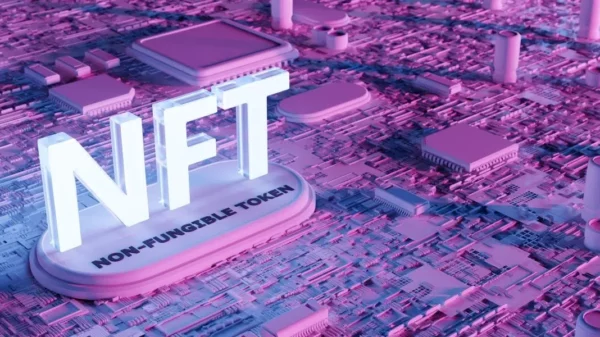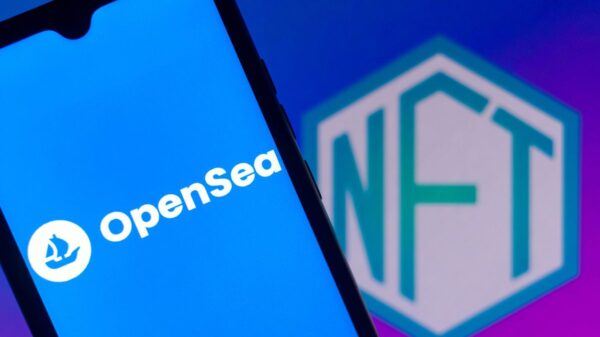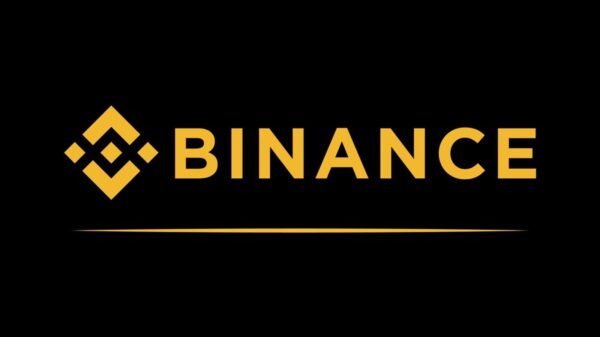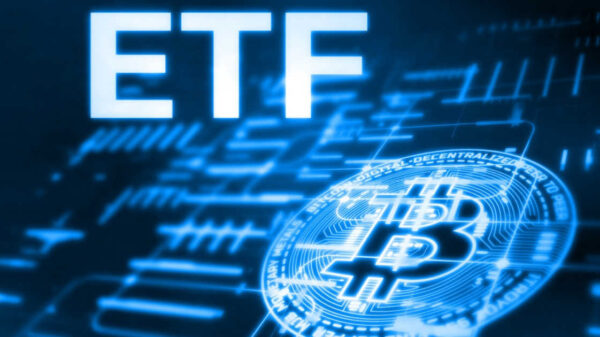A second top Federal Reserve official on Thursday voiced his opposition to the creation of a Fed-issued digital currency that could be used by the general public.
Fed Governor Christopher Waller added that a central bank-issued digital currency (CBDC) may be costly to implement, arguing that privately issued stablecoins may better handle the need for faster payments.
“After careful consideration, I am not convinced as of yet that a CBDC would solve any existing problem that is not being addressed more promptly and efficiently by other initiatives,” Waller said in remarks at the American Enterprise Institute Thursday.
The Fed is currently in the early stages of evaluating the pros and cons of a CBDC, which could take the form of a digital dollar held in digital wallets managed by the central bank. The central bank plans on issuing a paper on the prospects of a CBDC and the broad cryptocurrency space in September.
But Waller has already joined his colleague, Fed Vice Chairman of Supervision Randal Quarles, in publicly criticizing the need for a CBDC. Quarles said in late June that a CBDC could be a serious target for hackers, arguing that issuing one would “pose significant and concrete risks.”
Waller similarly said that the “extreme cybersecurity risk” is the biggest downside concern, in his view.
Proponents of a CBDC argue that it could serve as a lower-cost way for users to make payments and transfer money, particularly for the roughly 5.4% of U.S. households that are unbanked (as of 2019).
The likes of former Federal Deposit Insurance Corp. Chair Sheila Bair have also argued that a CBDC, in future crises, would allow the Fed to bypass the banking system and provide monetary stimulus directly to American wallets.
Private stablecoins
Waller pushed back on the potential benefits of a Fed-issued digital dollar, questioning the central bank’s ability to build the technology at a cheaper cost than private issuers.
The Fed governor, who joined the central bank’s board in December 2020, said private stablecoins are already offering the “attractive payment instrument” of an asset that is pegged one-to-one to the dollar.
Stablecoins tie their values to one or more other assets, such as sovereign currencies, and serve as a less volatile asset compared to unbacked cryptocurrencies like bitcoin.
Still, Waller said stablecoins would benefit from some regulation, as Fed Chairman Jerome Powell has also suggested.
“It’s not clear that the stablecoin issuer is going to honor that 1:1 exchange rate in a run — if a run were to occur,” Waller said Thursday. He cited Tether as an example, suggesting that the nature of its commercial paper holdings are not transparent enough.
Waller proposed some liquidity test on the balance sheets of privately-issued stablecoins, which could evaluate the holdings of short-term government bonds and other securities widely regarded as highly liquid.
Bank of America wrote last week that stablecoins, whether private or central bank-issued, “seem inevitable and the only question is how soon and with what kinks along the way.”
An escalating debate within the Fed will raise further questions about the right balance between public and private players.
briancheung








